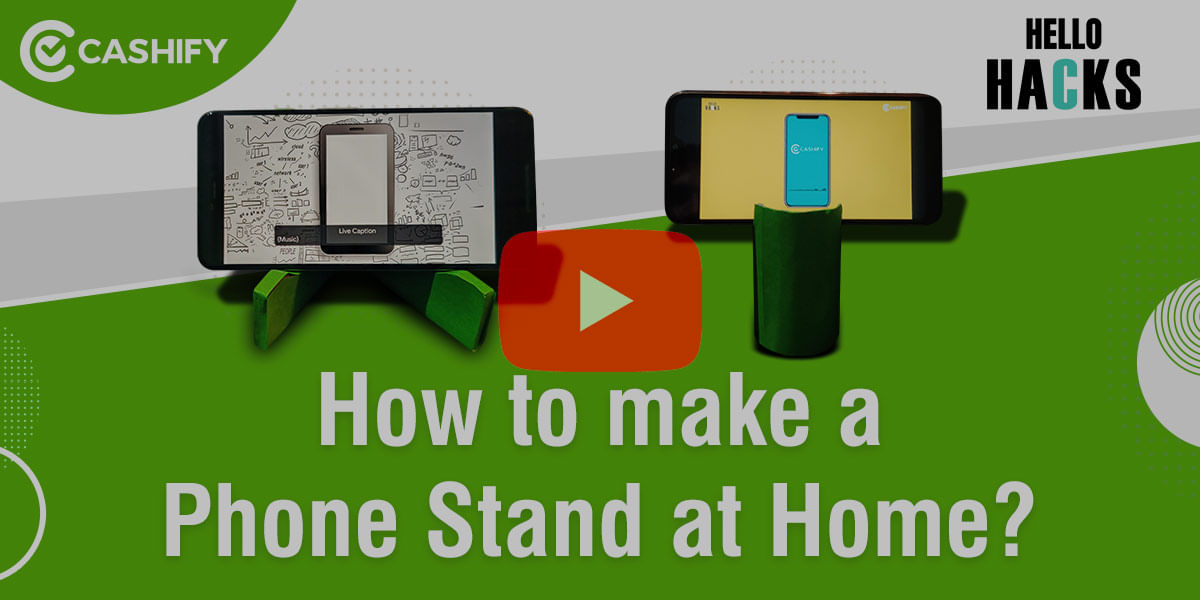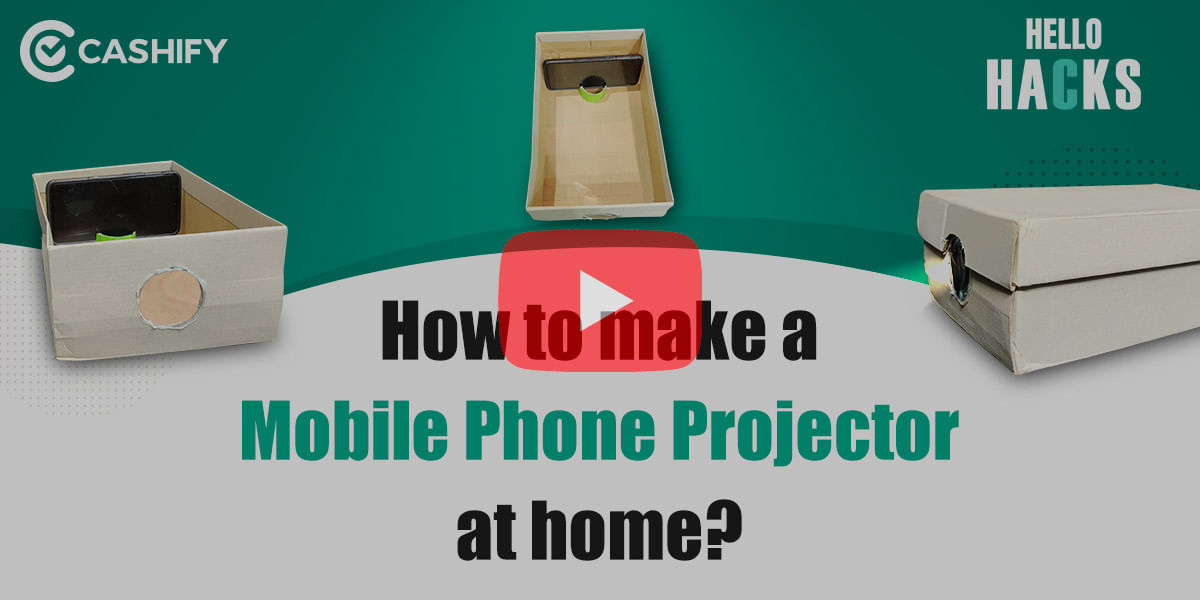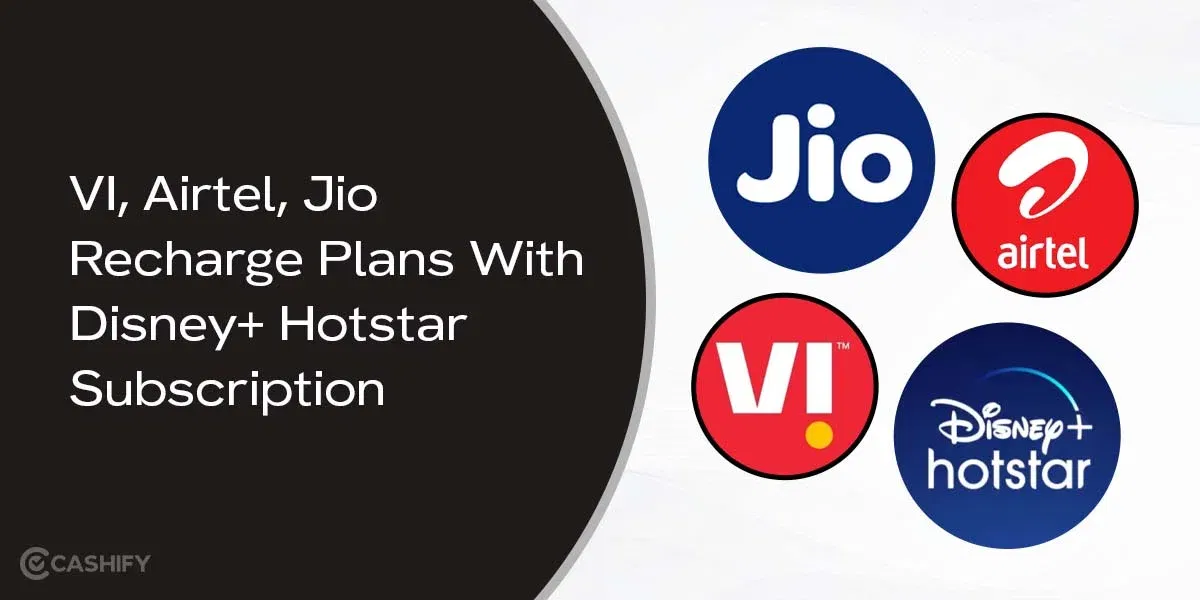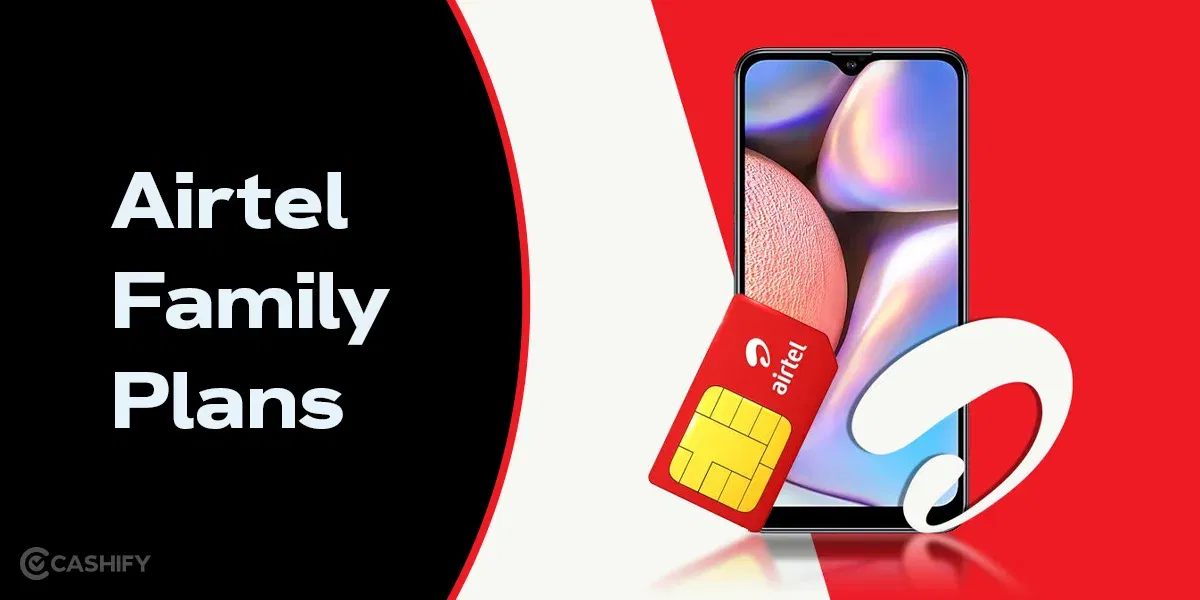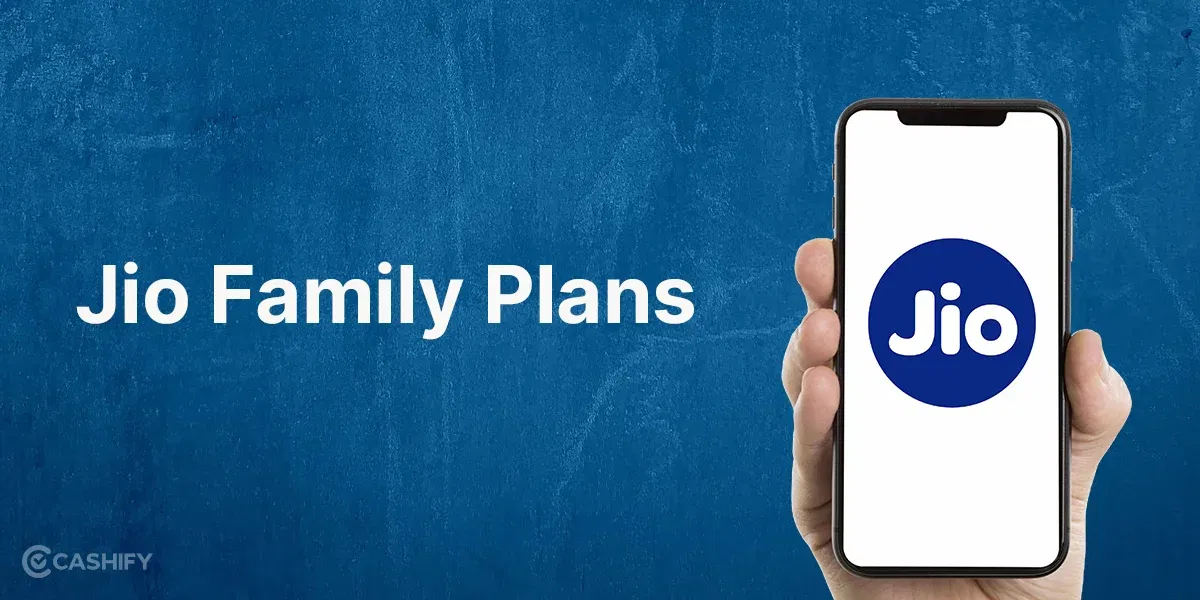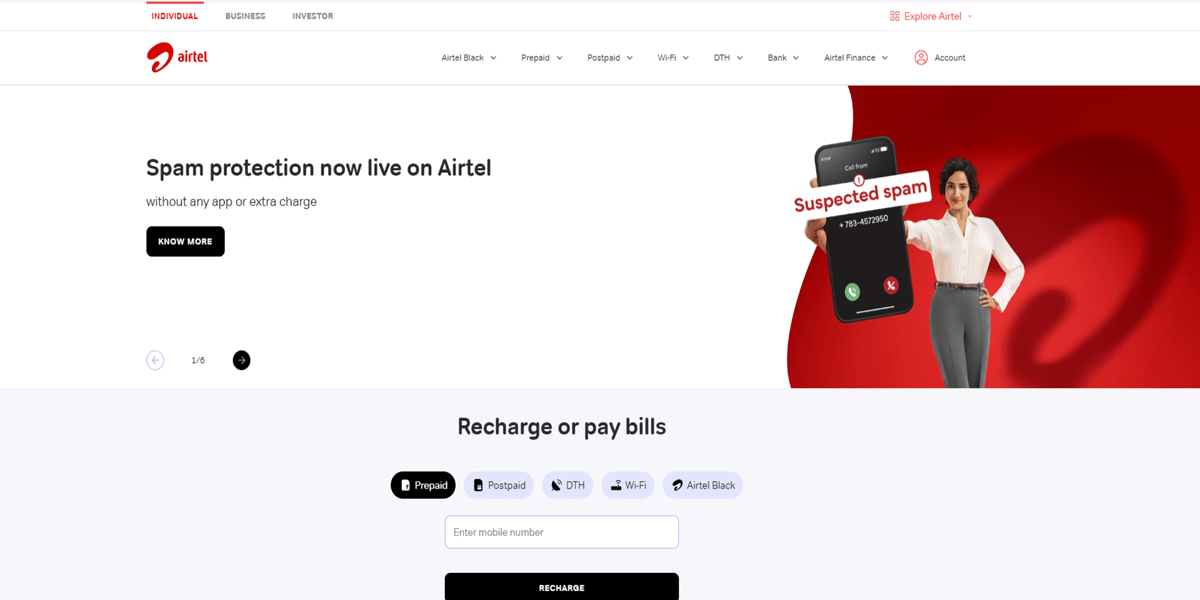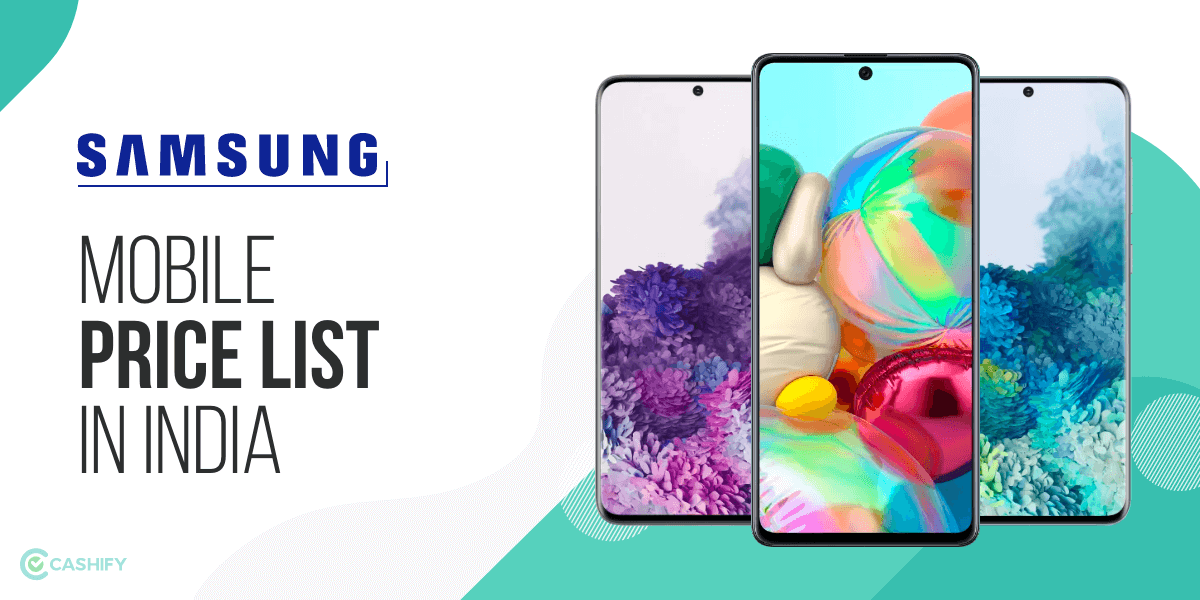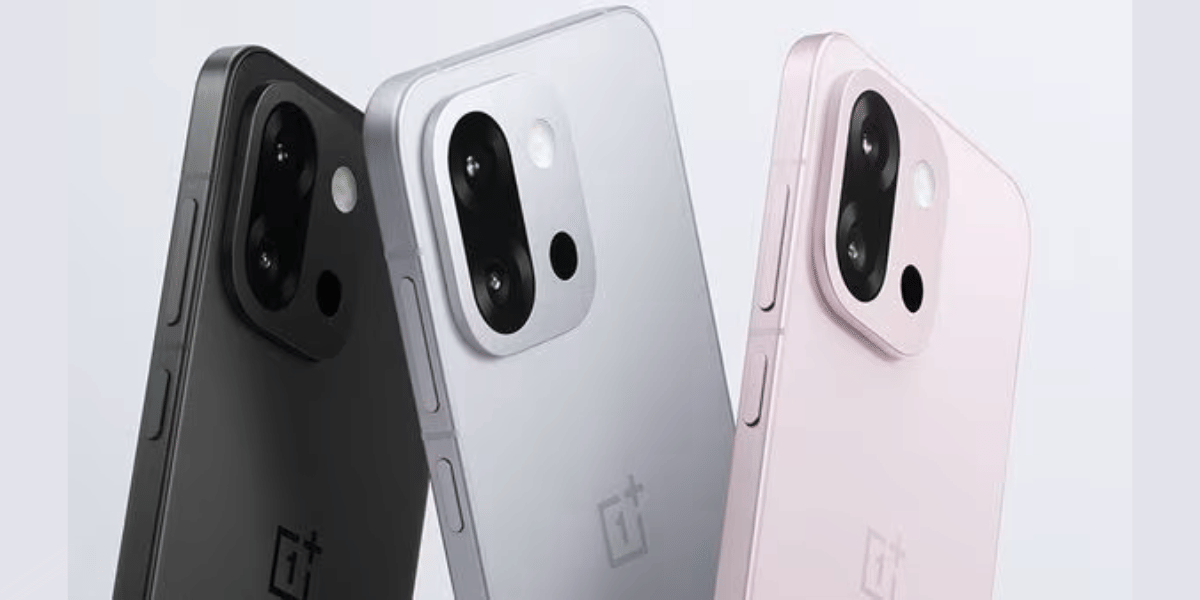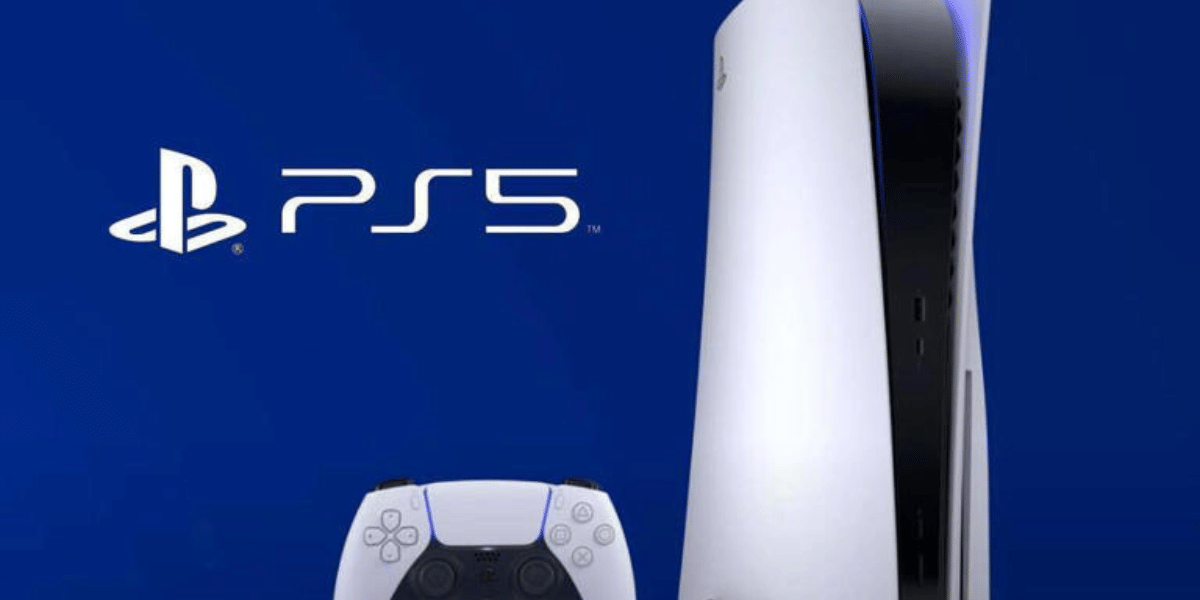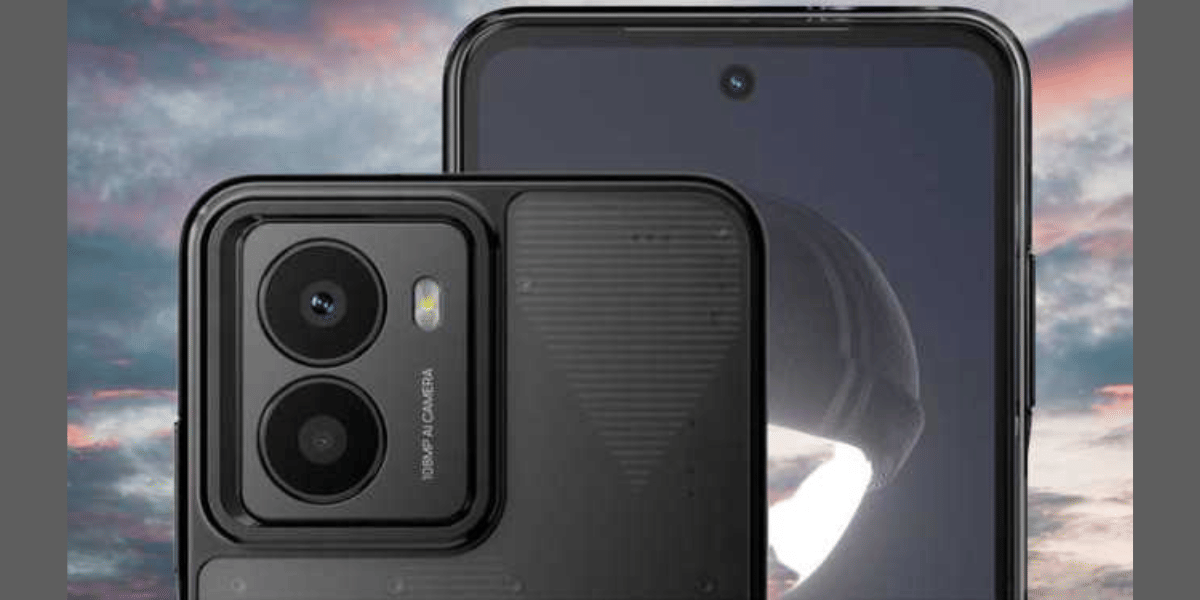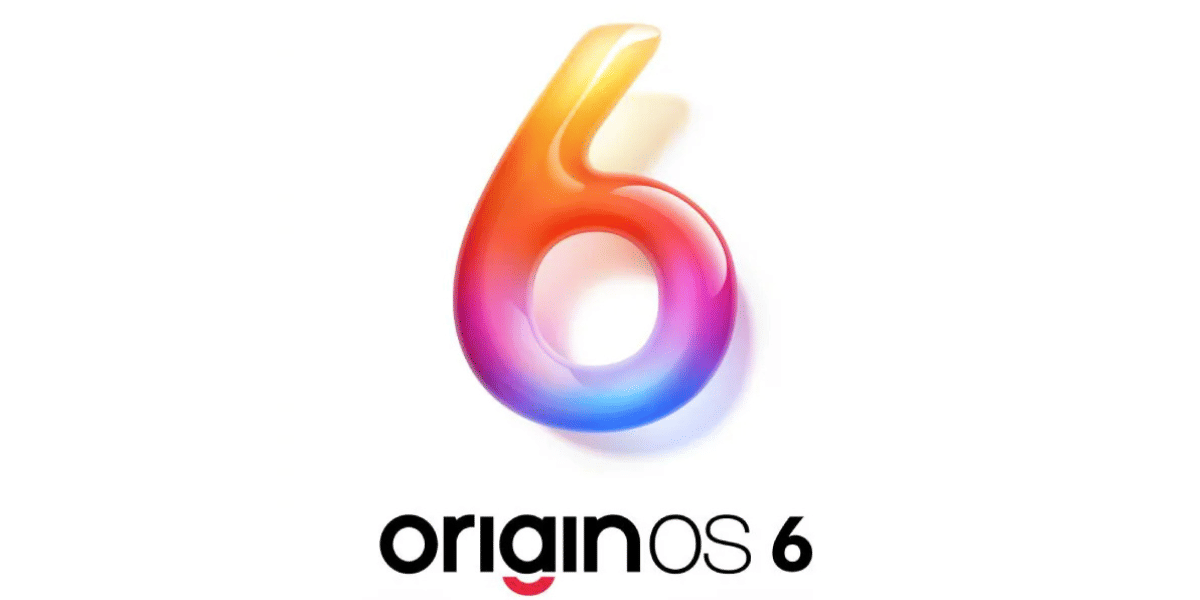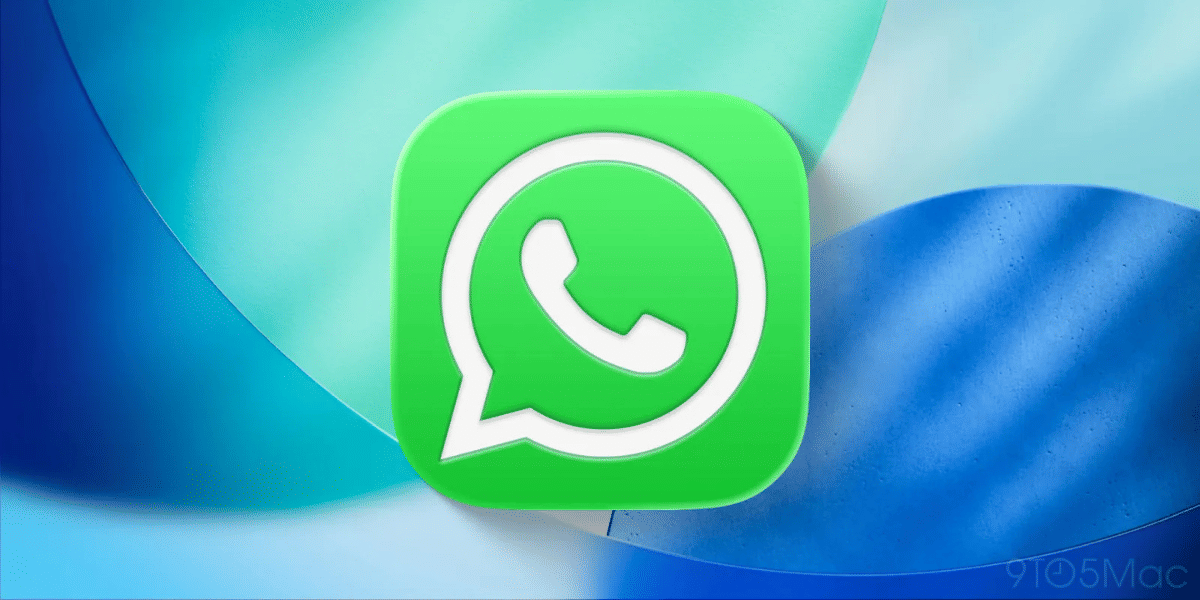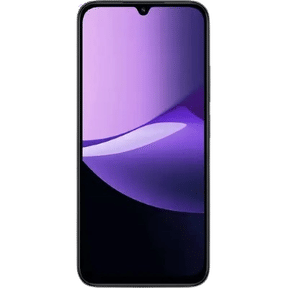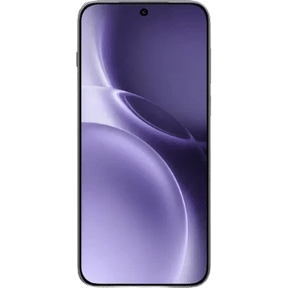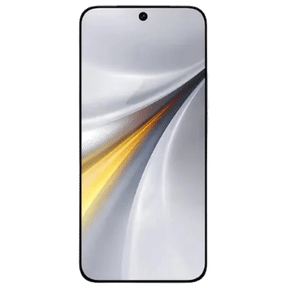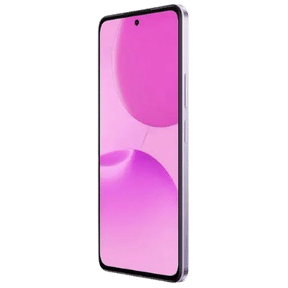Emails have been in use for the past several years and have gained increasing popularity for personal and professional use, an email account is one of the basic necessities for using the internet easily as most web services require it to proceed with the registration and other facilities. There are many Email providers such as Gmail, Hotmail, Yahoo, and several others and they all work in a similar way offering the ability to send and receive emails.
Also Read: AI Wars: Google Assistant vs Siri vs Alexa
While it was a long process in the past to find a computer, connect it to the internet, and then log in to your email service on the browser to send or receive an email, this process has been greatly simplified over the past few years with an increase in mobile computing devices. Most modern smartphones and tablets come with inbuilt support to send and receive mails, this is generally offered by a pre-installed application or a third-party application by your mail service provider.
iOS comes with the Mail app installed by default and allows iPhone and iPad users to send and receive emails from the ease of their smartphones or tablets that are connected to the internet. If you have already added a Mail account to your app and wish to remove it, this guide shows you the step by step process on how to remove an email account from the Mail app.
Also Read: iPhone 12 Series Prices And Variants Leaked!
How to Delete Email Accounts from the Mail App on the iPhone and iPad
To get started with the process, you will need to use the Settings app. This allows you to sign out of any email account while still continuing to use the account for syncing notes, contacts, and other features.
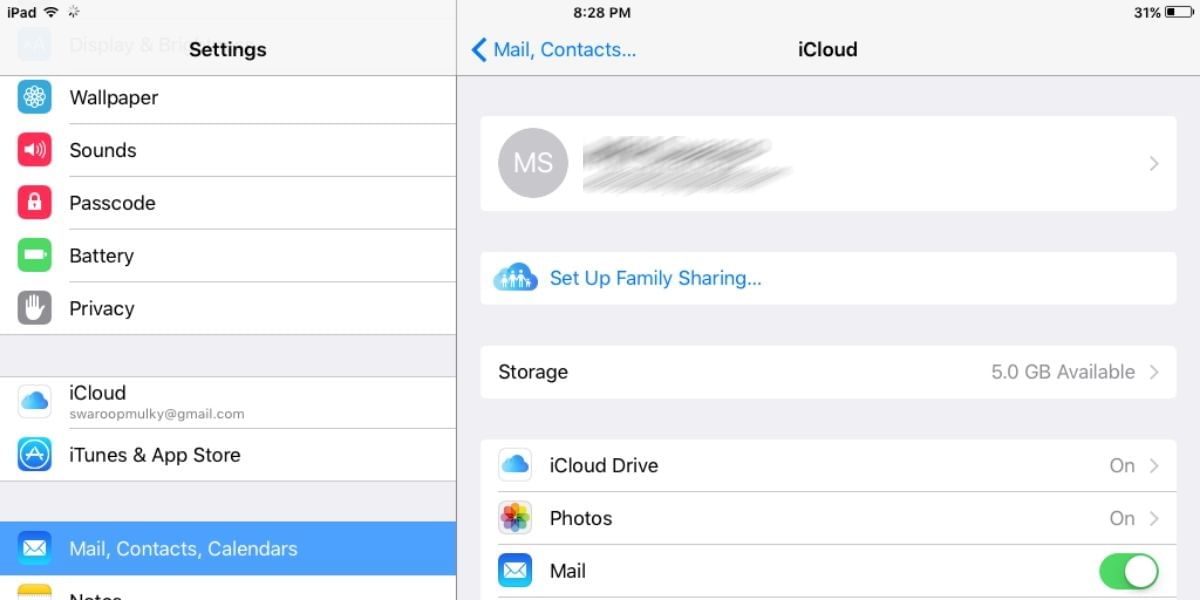
- Start by opening the Settings app on your iPhone or iPad
- Look for the Passwords & Accounts section and open it
- This should display a list of all the accounts that you have logged in on your iPhone or iPad
- Tap on the account to view all the details and then to remove it
- Then tap on the Toggle next to the Mail option to disable the email syncing, after this toggle is turned off, you will notice that the particular email inbox will disappear from the Mail app
- Once the Toggle for Mail is turned off you will not be able to use the Mail feature on the device unless you go back and enable it again
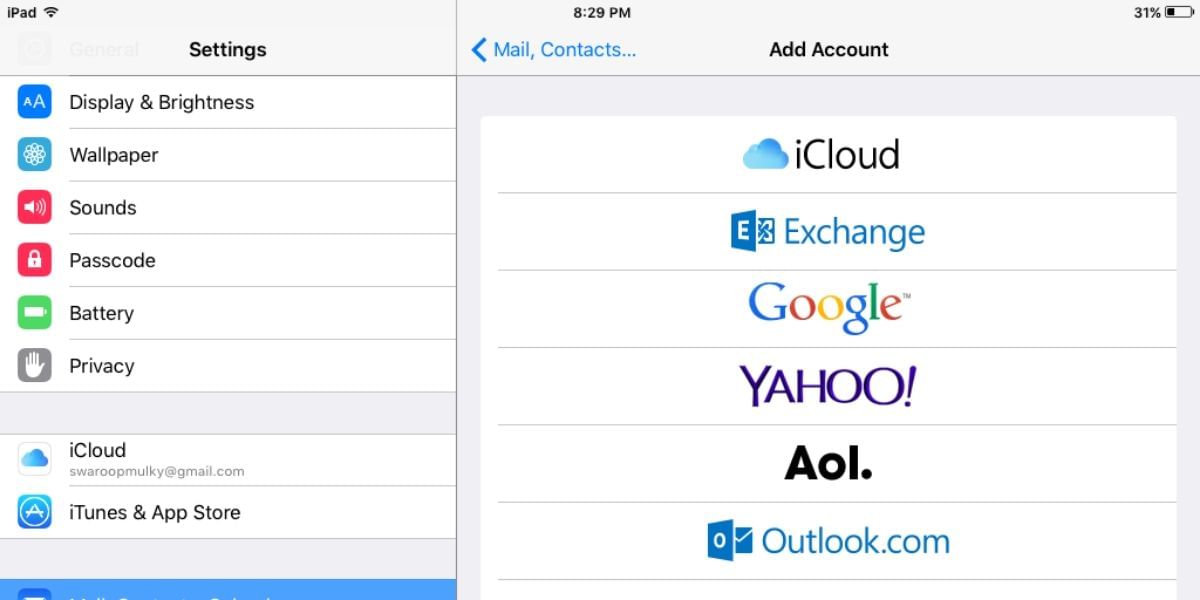
You can go back to the Passwords & Accounts section on the Settings app and follow the same process to remove the email accounts from other services. You can also re-enable the above-mentioned services to gain control and be able to send mails again using the in-built Mail app on your iPhone or iPad. This process of disconnecting the email account from the Mail app works for all third-party accounts and if you want to remove the iCloud email account then the steps are slightly different.
Also Read: Apple iPhone 12 Renders Suggest Boxy Design Reminiscent Of iPhone 4/5
How to Remove iCloud Mail account from iPhone or iPad
- Open the Settings App on your iPhone or iPad
- Tap on the Apple Profile at the top of the menu
- Now look for the option that reads iCloud and tap on it to open it
- This will present a list of apps that are enabled to work with the iCloud account, find the Mail app and toggle it to turn it off
This will disable the iCloud email and will no longer appear in the Apple Mail app. To confirm, you can open the Mail app again and instead of seeing your regular email inbox, you will now be presented with a Welcome screen asking you to log in to your account. This is the process for removing your email accounts from the Mail app, this above method might not work for third party Mail applications such as the Official Gmail app or the Spark app that offers more features.
Also Read: Mobile Tech News: Apple App Store has twice Google Play’s Revenue, half the downloads
To re-enable the mail for the above mail accounts that you have disabled, you can go back and follow the same steps to toggle the Mail account on and start using the official Mail app with the email accounts of your choice.




